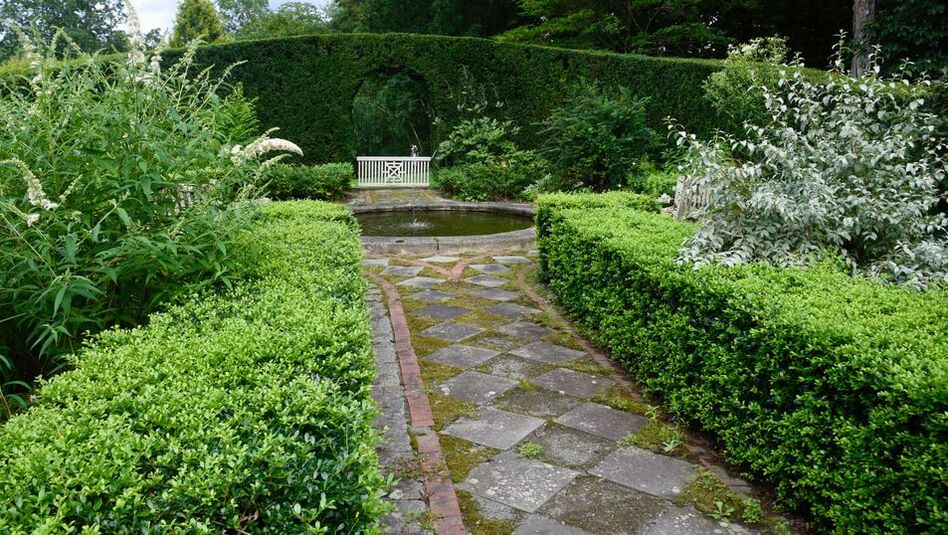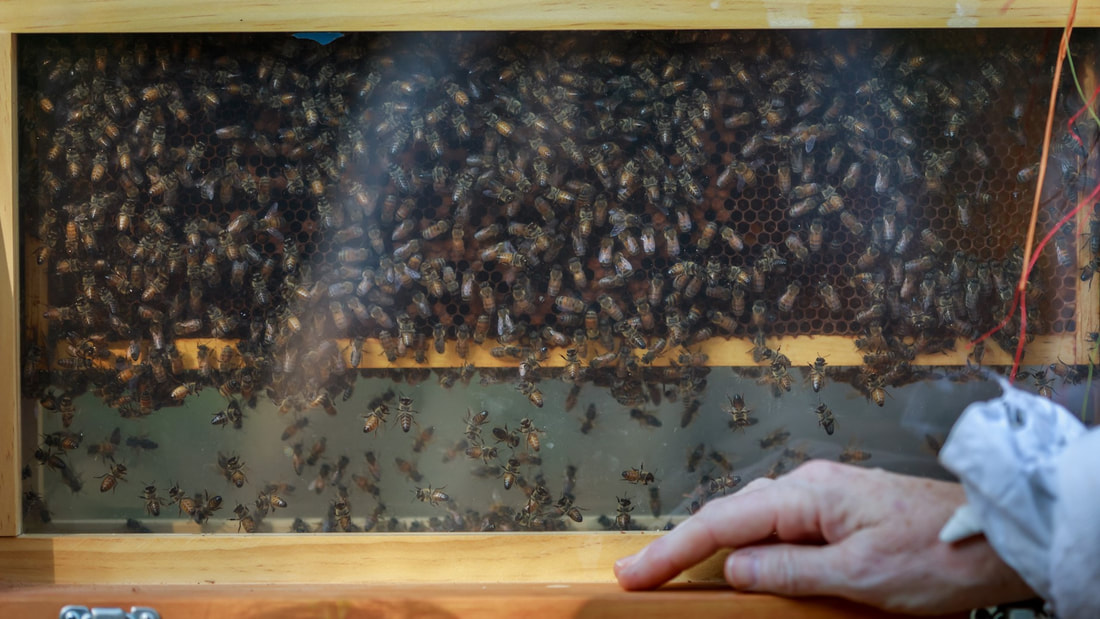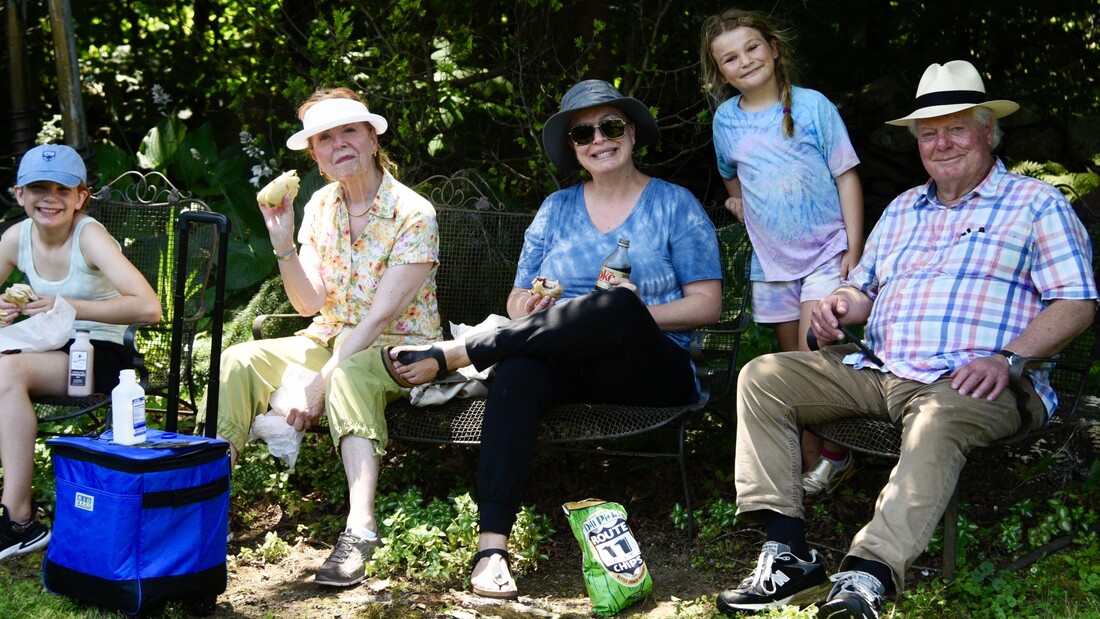|
BEDROCK GARDENS
Bedrock Gardens is a public garden that integrates unusual botanical specimens and unique sculpture into an inspiring landscape journey. This 30-acre site has recently transitioned from a historic farm and private garden to a public oasis of horticulture, art, and inspiration. |
An Oasis of Horticulture, Art and Inspiration
Plan Your Garden VisitJoin one of our daily tours or discover the gardens on your own. No reservation required.
|
Educational ProgramsWhether you're young, old, or somewhere in between, we offer classes for all gardening levels.
|
Become A MemberAnd enjoy the gardens, exclusive perks and show your support for Bedrock Gardens.
|
Coming Up Next |
Event HighlightsLandscape Design with Jill Nooney, July 26
The Center for Wildlife: Beneficial Garden Creatures, August 16
Our 8th Annual Fairy and Hobbit House Festival, October 12-14
Our popular, one-of-a-kind event that's perfect for all ages. Get all event details and reserve your spot!
|
"...one of the most beautiful and intriguing
landscapes in New Hampshire."
- Boston Globe
landscapes in New Hampshire."
- Boston Globe


















